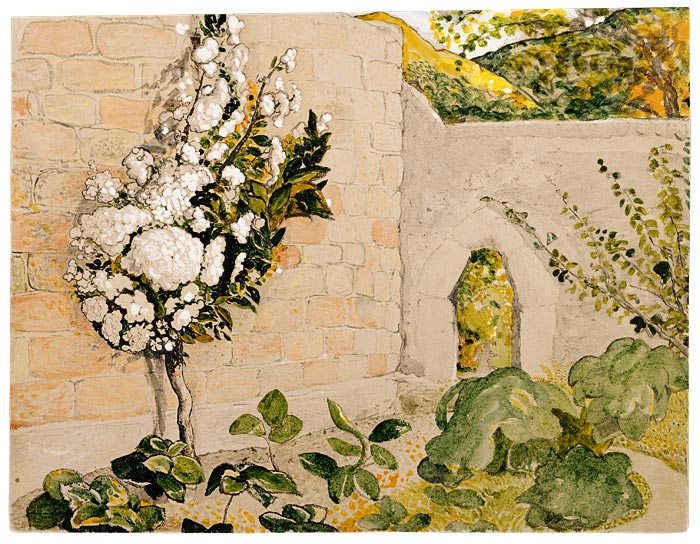
Palmer moved to the village of Shoreham, Kent, in 1826, and his style during this period reflects intense introspection and a communion with nature. He lived at Waterhouse, a Georgian house with a garden that extended to the river. It has been suggested that the artist may have based the present drawing on that garden. The espaliered pear tree so vividly rendered in spring's full bloom is closely related to In a Shoreham Garden (Victoria and Albert Museum, London).
II. Friends and Followers
Among Blake's early friends were professors and other students at the Royal Academy, many of whom became leading figures of the age. He frequently engraved works by Thomas Stothard, Henry Fuseli, and John Flaxman, for example, as will be seen in this gallery. In his day Blake was more widely esteemed as a fine engraver than as a painter, his own imaginative work having been produced primarily on speculation or for patrons. Only nine years before Blake's death, the young artist John Linnell (1792–1882) became both a patron and friend. Through him Blake became acquainted with several youthful artists who came to call themselves the Ancients, after Blake's frequent reference to earlier artists as "ancients." They were inspired by Blake's imaginative spirit and his love for the art of Michelangelo as well as for the poetry of Milton. These men––Edward Calvert, Samuel Palmer, George Richmond, Francis Oliver Finch, George Cumberland, Frederick Tatham, and Henry Walter––are represented in the Morgan's collections.
